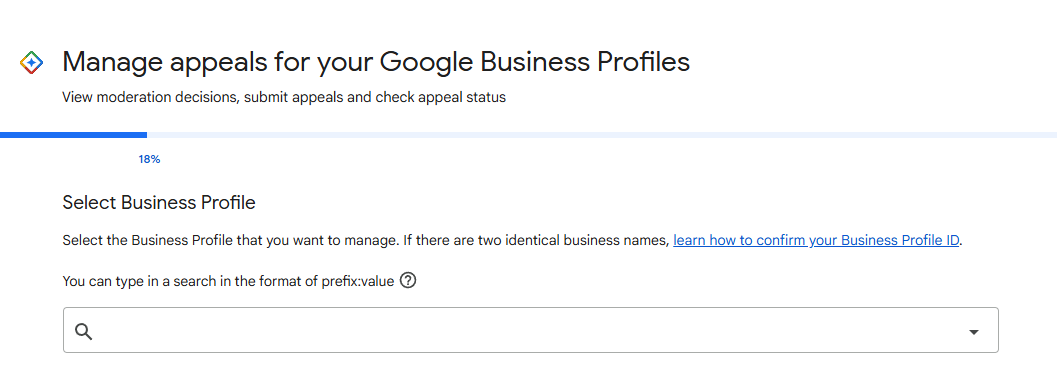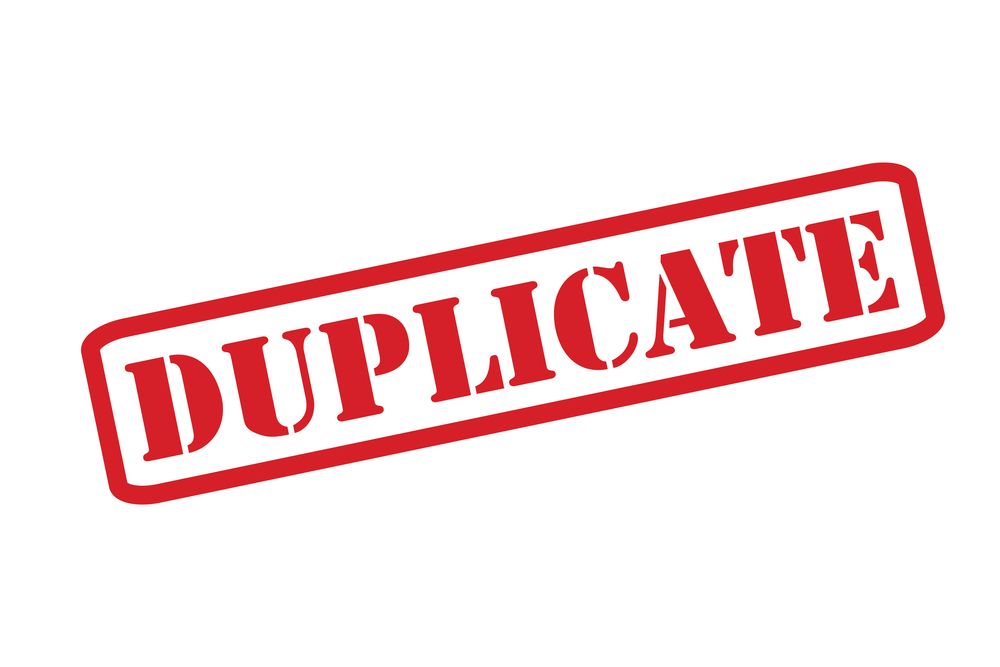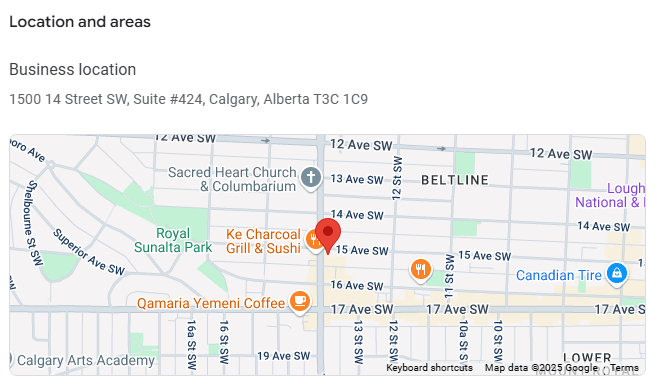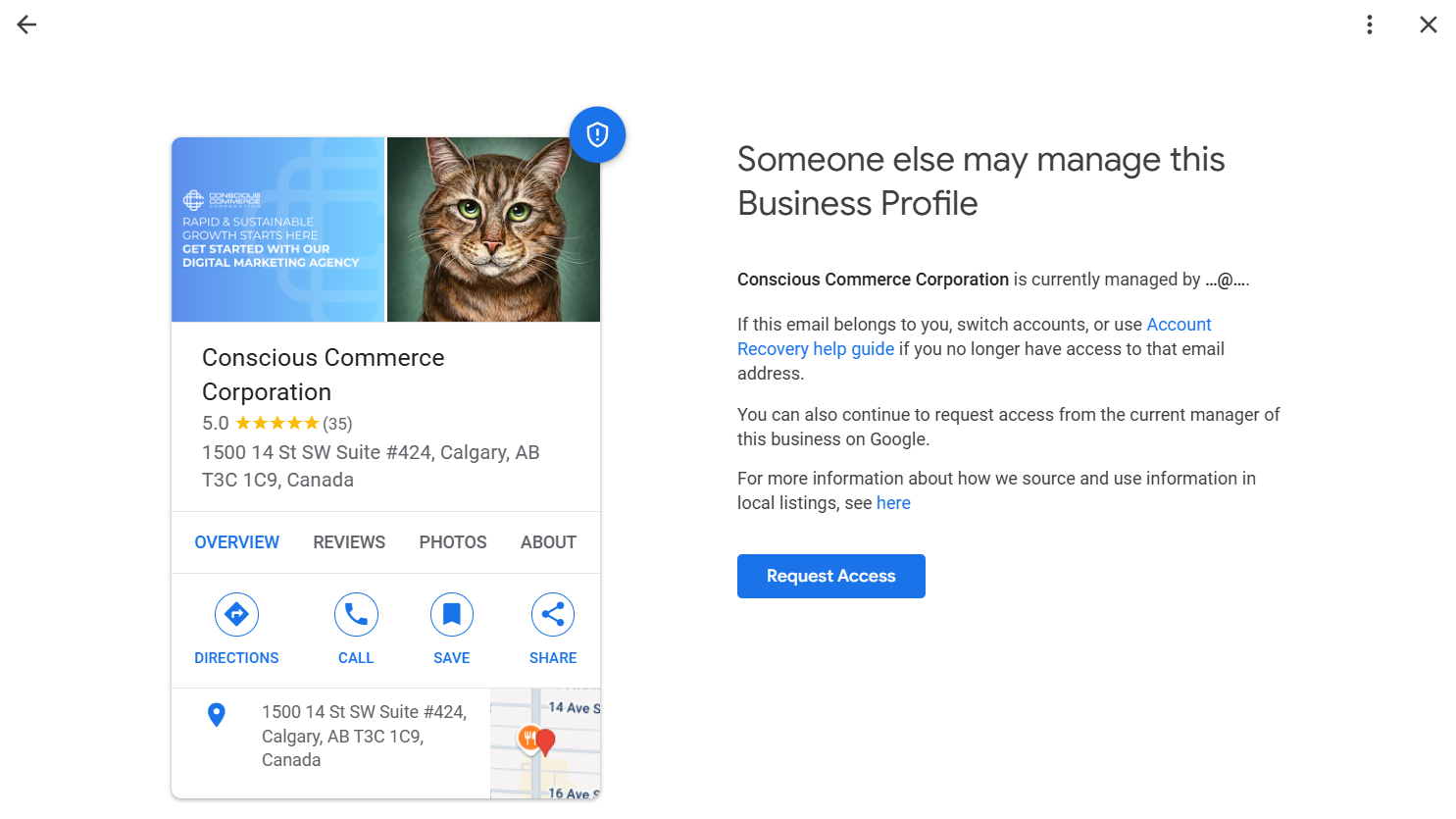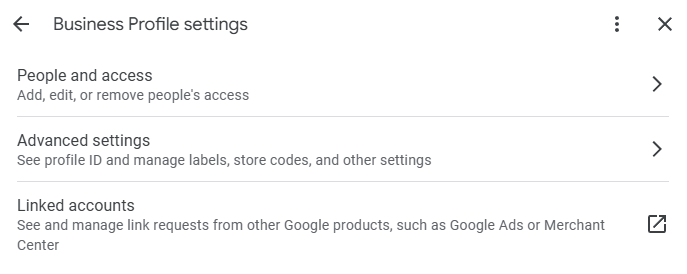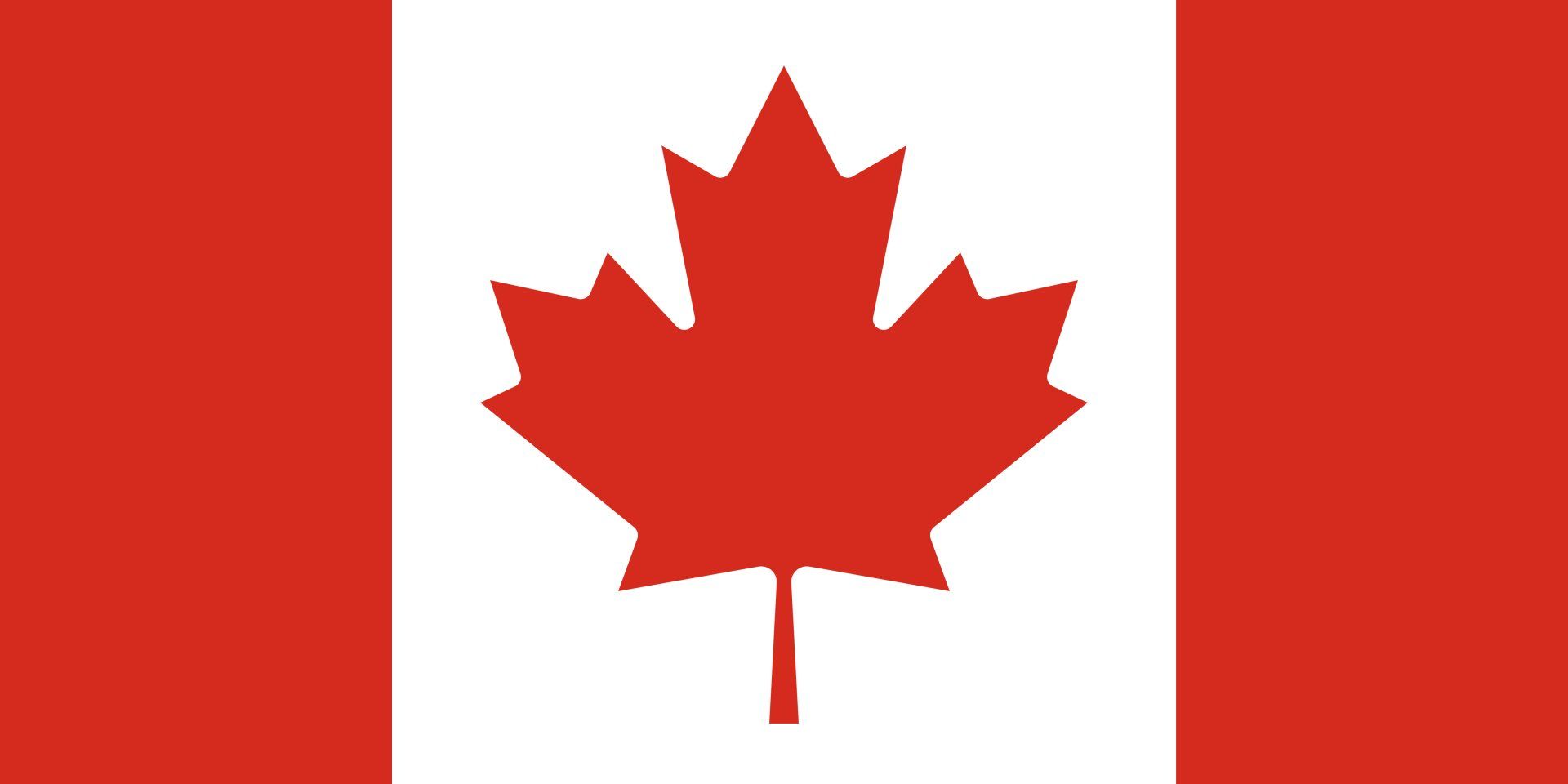7 Key Insights from the 2023 State of Global Content Marketing Report
The content marketing space changed a great deal over the past several years. As the world transitioned to remote work, digital marketing experienced a surge of interest and investment. Things have calmed down lately, especially in the face of a looming recession.
That doesn't mean content marketing is any less important, though. On the contrary, it's more critical than ever — and also more competitive. To stand out and continue bringing in customers you'll need a thorough understanding of how the sector currently looks.
You'll need to know what differentiates successful marketers from unsuccessful ones, what defines the best content, and how things will change in the coming years. To that end, SEMRush recently released its
2023 State of Global Content Marketing Report.
We've collected the most important insights below to help you better understand the world of content marketing in 2023.
- Your Audience is More Important Than Ever
- Content Quality Should Still Be A Top Priority
- Outperform, Don't Imitate
- Know the Three Pillars of Content Marketing
- AI Content is No Substitute for Human Expertise
- The Top of the SERP May Not Be As Beneficial As You Think
- The Secret to Success in Content Marketing
- Let CCC Help You Unlock the Key to Great Content
We've collected the most important insights below to help you better understand the world of content marketing in 2023.
1. Your Audience is More Important Than Ever
If there's one idea that permeates the entire report, it's that your audience is everything. Understanding them is the foundation of successful content — who they are, what they want, what they're looking for, their pain points, and why they're interested in your brand. There's a caveat, however.
If you cannot provide them with a positive experience, then it doesn't matter how well you know your customers. There's a reason that in 2023 most content marketing agents will prioritize social media, community building, and audience research alongside content quality. This is even reflected in
Google's recent Helpful Content Update, which assesses content along the following lines:
- Based on firsthand expertise and knowledge.
- Websites and content have a clear, definitive purpose.
- Informs or entertains visitors.
- Ultimately satisfies the audience and addresses their needs.
2. Content Quality Should Still Be A Top Priority
Google has always at least
tried
to prioritize high-quality content. Recent updates to the company's algorithms have merely tweaked how it
defines quality. We already touched on a few of those hallmarks, such as how the best content comes from firsthand experience.
What we
haven't
touched on is arguably the most interesting takeaway in the report — the SERP is no longer the sole determinant of success. There are even some cases where being ranked too high can actually be
detrimental
to your business. We'll explore that idea in more depth a bit later, but for now you should start prioritizing clicks and conversions over PageRank and understand that there are
many
ways to make your content more visible beyond the SERP.
Beyond that, SEMRush also took an in-depth, data-driven look at the characteristics shared by most high-quality pieces of content.
What Defines Quality Content?
- Originality: Based on original research, data, and expertise.
- Header Tag Structure: Multiple heads and subheads to more effectively organize topics and ideas.
- Layout: Easy to follow, read, and understand because it prioritizes user experience.
- Freshness: Updated every six to twelve months for relevancy.
- Consistency: Follows a consistent voice, tone, and flow.
- Scope: Prioritizes topic coverage over word count.
3. Outperform, Don't Imitate
When you're planning a new article, it's pretty standard to take a look at a few of the top pages for your target keywords. You need to be careful that you aren't simply imitating them, however. Don't just follow in the footsteps of the top performers —
find a way to outdo them, instead:
- Look for content gaps that you can fill in with your own knowledge or expertise.
- Browse discussions on community sites like Reddit, Twitter, Quora, Facebook, TikTok, etc.
- See what people are talking about at industry conferences and trade shows.
- Browse any new books or publications in your space for key talking points.
- Talk to your audience.
4. Know the Three Pillars of Content Marketing
Creative, compelling storytelling may be a pillar of content marketing, but it's far from the only one. All the creativity in the world will be of little help if your marketing strategy doesn't
also
prioritize search engine optimization and consistency in scheduling, tone, and quality. These are the three pillars of content marketing, the three elements every SEO professional must understand.
5. AI Content is No Substitute for Human Expertise
Artificial intelligence has experienced explosive growth over the past several years. Some have even expressed concern that AI platforms might soon replace human creatives. The recent launch of AI-driven content production platform ChatGPT did nothing to assuage these concerns.
The reality that neither anxious content creators nor AI pundits fail to grasp is that tools like ChatGPT aren't meant to replace humans. They exist to enable faster, more efficient workflows. Unfortunately, this won't stop people from flooding the SERP with AI-manufactured content in the coming years.
We can expect a massive uptick in inaccurate, fluffy, and unoriginal content — but on the plus side, this means that high quality human-produced content will stand out even more.
6. The Top of the SERP May Not Be As Beneficial As You Think
The SERP is no longer the golden goose it once was. If you're not careful, you may even see your traffic decline as your PageRank goes up. Visitors might see the answer to their question in a featured snippet, video image, or map.
Alternatively, you might end up lost in a mess of noisy visuals, text walls, and sponsored results. Either way, this means it's time to reimagine how you define success where content is concerned. Ranking reports are on the way out; click throughs and conversions are the future.
7. The Secret to Success in Content Marketing
We've spent most of this piece talking about what defines good content. But how you present, market, and promote that content is every bit as important to your success. With that in mind, SEMRush examined the most — and least — successful content marketers to see if any common threads emerged.
What Do Successful Content Marketers Prioritize?
- A documented, well-defined content marketing strategy.
- More than 10 percent of their total marketing budget goes to content.
- Focus on paid promotion over influencer marketing, email marketing, paid social and PR/media outreach.
- Employ a dedicated content marketing team with four or more specialists in the following areas:
- Marketing management.
- Copywriting/content creation.
- Social media management.
- Content management.
- Content strategy.
- Search engine optimization.
- Conduct two or more audits a year.
- Always measure their return on investment and overall content performance.
- Define clear goals/objectives and metrics they can use to track those goals/objectives.
Are There Any Factors With Little or No Bearing on Success?
- Most marketers tend not to use marketing automation platforms, editorial calendars, or visual creation tools.
- Overall marketing budget appears to have very little bearing on success. It's not how much you spend that counts, but
how you spend it.
With that said, most marketers plan to increase their budget in 2023.
Let CCC Help You Unlock the Key to Great Content
Content marketing can be challenging, competitive, and more than a little overwhelming.
Working with the right digital marketing partner can make things that much easier. Let us become your partner in planning, creating, and promoting top-quality content that supports your marketing objectives.
Reach out to get started



